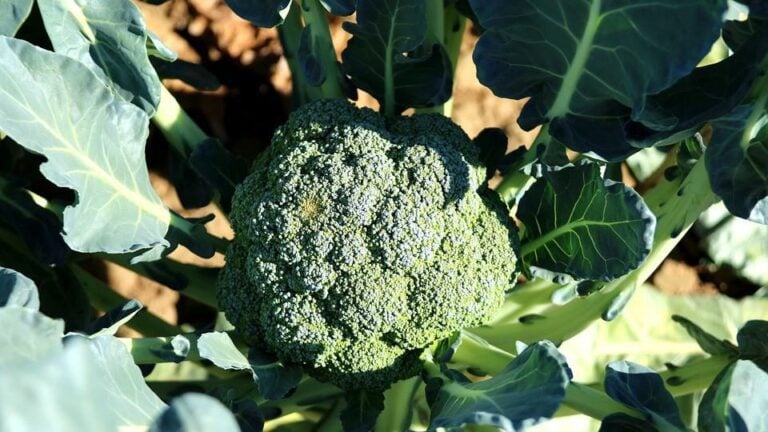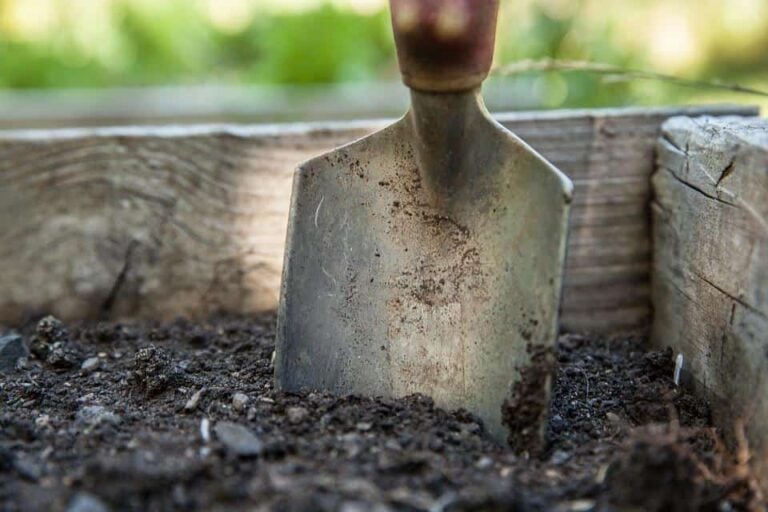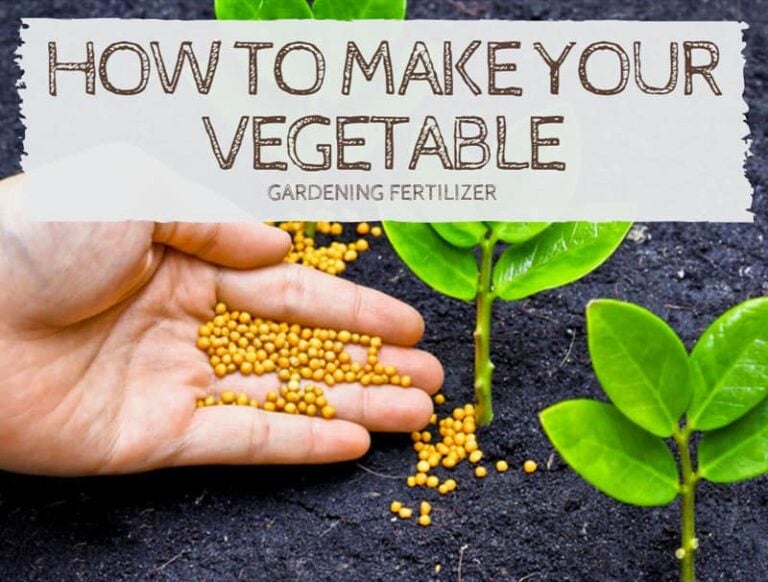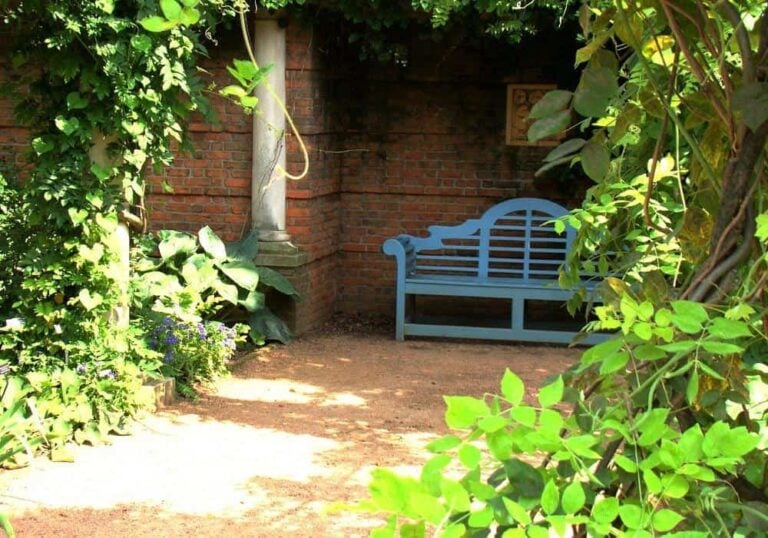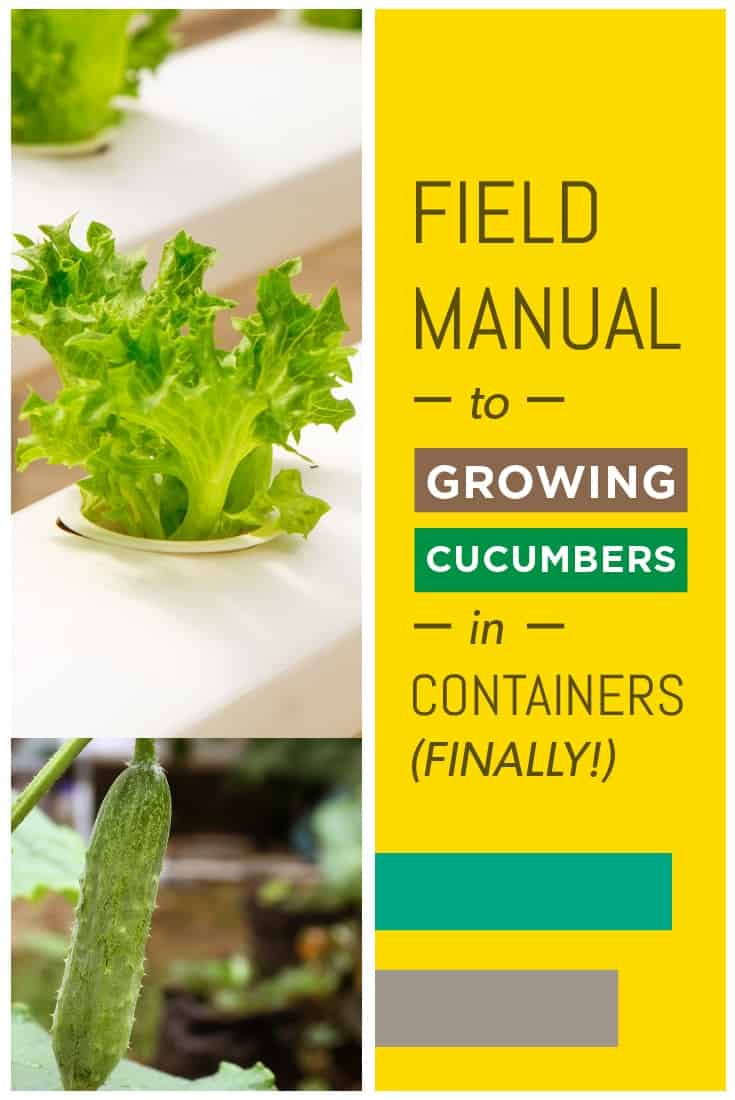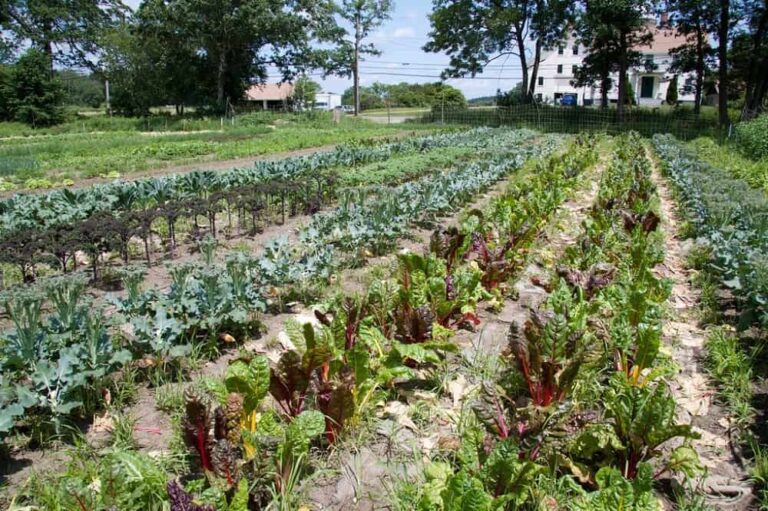Top Tips for Planting Kale (Step By Step)
You can plant kale by directing sowing seeds in your garden, by starting seeds indoors and transplanting or by planting seedlings you bought a garden center. There are pros and cons of choosing any method of planting kale. When you plant kale depends on when you want to harvest it and where you live. Gardeners in hot areas with mild winters are often better off planting kale for a winter harvest. If you live in an area with cool springs and summers, you can also plant kale in the early spring.
How to Plant Kale
You have two options when it comes to planting kale. You can either start the seeds yourself, or purchase transplants, or small seedlings, from a garden center. You might find that you have a lot more options when it comes to kale variety if you start from seeds.

But starting with a transplant has its benefits, too. For one thing, it gives you a head start, since you don’t have to wait for the seeds to germinate. Starting with a transplant can also be a better choice if you have limited room in your garden or can’t start seeds indoors.
Direct Sow
Before you direct sow kale seeds in your garden, you’ll want to prepare the soil so that it has enough nutrients to help the plants grow. Kale prefers a soil with a pH between 6.0 and 7.5, according to Cornell University. The soil should also drain well. You might want to mix in some compost to increase its fertility before planting.
Once the soil is ready, sprinkle a row of kale seeds across it. The seeds can be pretty close together, as you’ll thin the plants later. If you’re planting multiple rows of kale, each row should be about 18 inches apart.
The video from Burpee Gardens shows you how to direct sow the seeds in your garden. Later on, it also provides tips for starting kale from transplants.
Since kale does need room, once the seedlings have emerged, you’ll want to thin them out so that each plant is about 18 inches apart. You can eat the tiny kale plants you cut away, either on their own or in a salad.
Related – Kale Spacing
Start Seeds Indoors
If you prefer, you can start kale seeds in small pots indoors, then move the plants out to the garden later on. Planting seeds indoors can be a little more time and resource consuming, as you’ll need to move the plants later. You’ll also need small pots and seed starting mix or container soil to get the plants started.
Plant Transplants
Whether you plant a transplant you’ve grown from seeds indoors or one you purchased at a gardening center, you can’t just stick it in the soil and hope for the best.
Transplants need to be hardened off, or acclimated to outdoor conditions. The indoor environment is quite cushy compared to life outside–there’s no wind, no pests and the temperature is consistent.
To harden off your kale before transplanting, bring the seedlings outside in the early morning for a few hours. Return the seedlings to their spot indoors. The next day, bring the seedlings outside again, for a bit longer.
Increase how long your plants spend outside over a period of five days, until they are spending all day and night outdoors. At that point, they will be ready to plant in your garden.
When you plant a kale seedling, dig a hole in the soil about the size of the plant’s root ball. Carefully place the plant in the soil, filling in the hole. You want the base of the plant’s stem to be level with the ground. Don’t plant kale too deep.
When to Plant Kale
When you plant kale depends on when you want to harvest and eat it. In some areas, where summer weather doesn’t get too hot, you can safely plant kale all year round. In areas where the summer is hot, there are two main planting times: in the early spring and in the fall.
For Late Spring Harvest
If you are going to plant kale for a spring harvest, direct sow the seeds in the garden about two weeks before the last frost in your area. The seeds will germinate in soil temperatures as low as 40 degrees Fahrenheit.
You can start seeds indoors a bit earlier than direct sown seeds. Indoors, you can plant seeds about seven weeks before the last frost in your area. Start hardening off and transplanting your seedlings a week or two before the last frost date.
When you plant kale for a springtime harvest, the goal is to have the kale ready for picking before the weather in your area gets too hot. Since kale needs at least two months from time of planting to harvest, when grown from seed, you might not be able to plant it in spring if temperatures in your area reach 80 degrees on a regular basis early in the spring.
For Winter Harvest
Planting kale for a winter harvest can often be ideal, especially if you’re in an area with very hot summers. Leaving kale in the garden until after a few frosts have passed helps make it taste sweeter, as the cold temperatures turn starch in the leaves into sugar.
To have your kale plants ready for harvest by early winter, start the seeds about three months before the first frost date in your area. If the summers in your area are very hot, it’s often easiest to start kale seeds indoors, then transplant them to the garden once the weather starts to cool.
You can also purchase transplants and place those in your garden about two months before the first frost date in your area.
Once you’ve planted kale, you need to take good care of it. Water the plant regularly, as it does best in moist soil. Keep an eye out for pests, which can range from small, green cabbage worms to tiny aphids. To enjoy tasty kale from your garden, you’ll want to keep an eye on it as it grows.
Photo by Chris Hamby licensed under CC BY 2.0.

